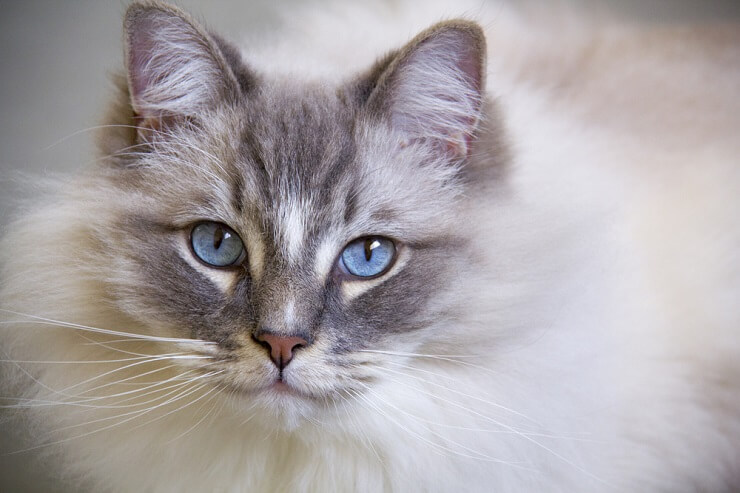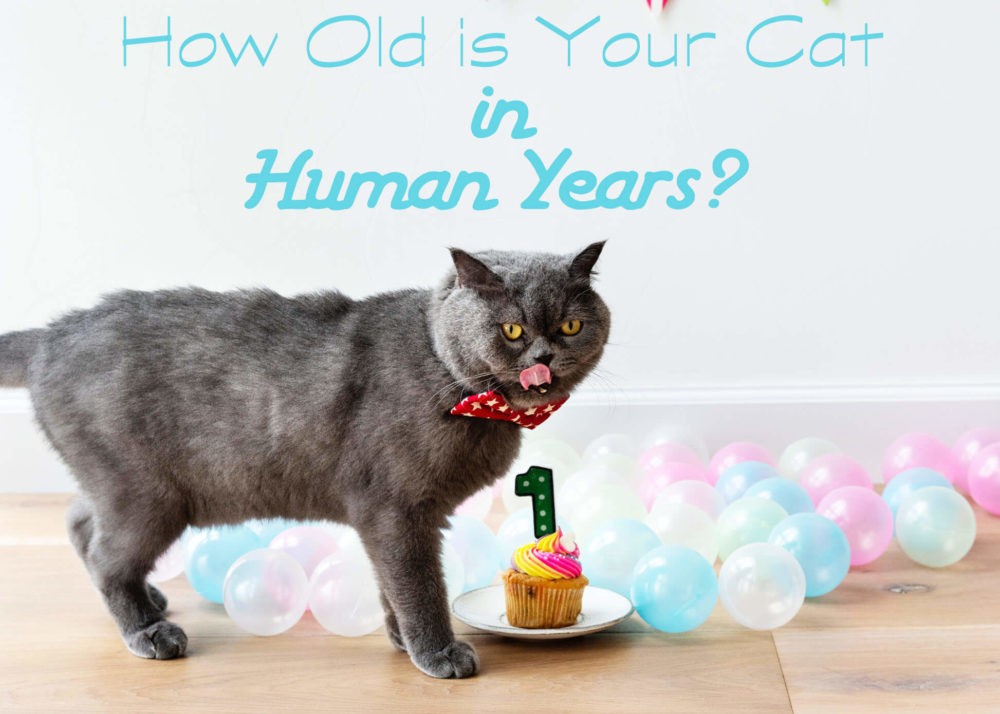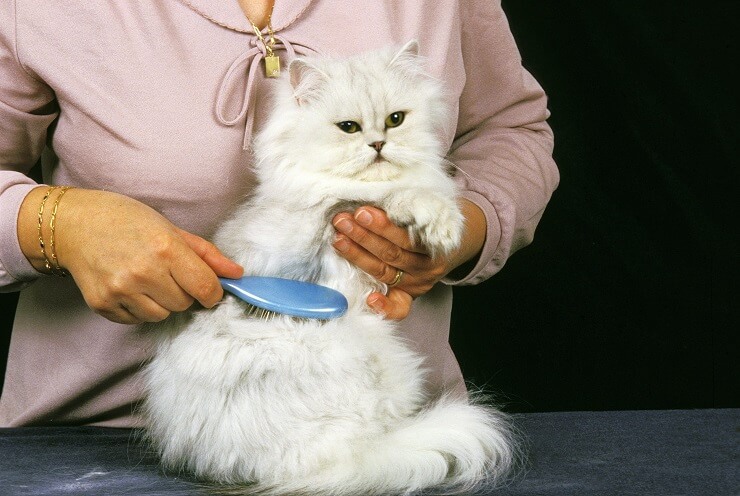Cat Acne : Causes, Treatment And Prevention
This page contains affiliate links. We may earn money or products from the companies mentioned in this post through our independently chosen links, which earn us a commission. Learn More
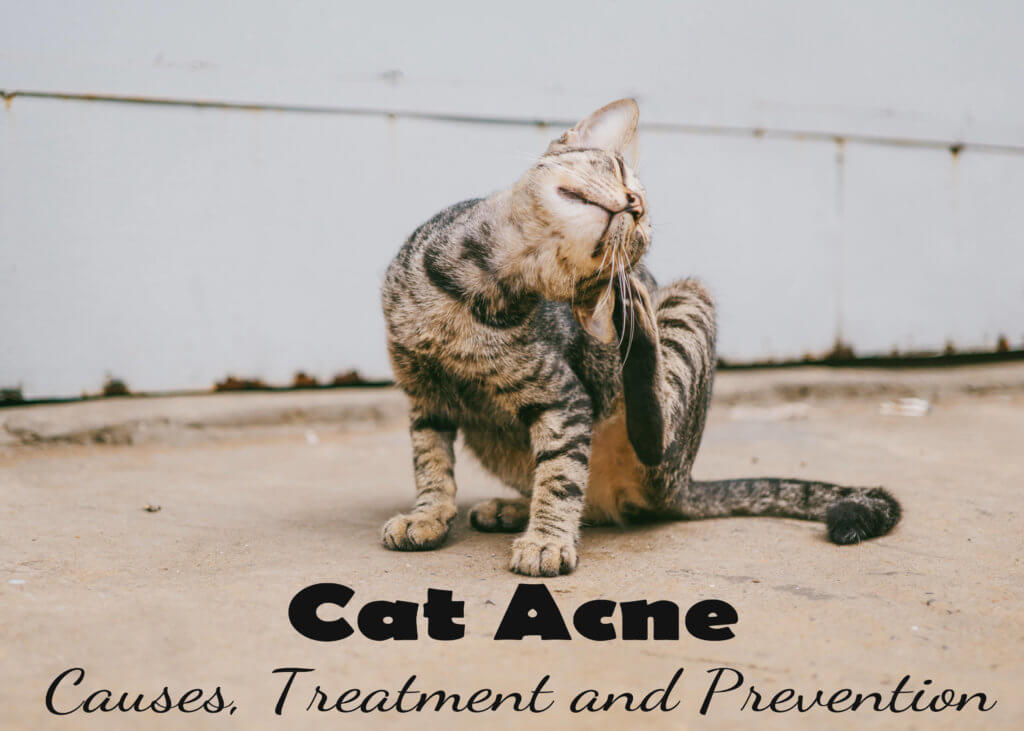
Cat acne is a common skin problem and can be easily treated. Cat acne or feline acne is a skin disorder that is common in cats. Many cases are mild and respond to treatment in their early stages. If left untreated, symptoms can become severe and very unpleasant. Secondary bacterial infections can also develop. There is no cure for cat acne, but it can be controlled.
Normally it appears on the chin and in milder cases it looks like small black dots resembling blackheads, known as comedomes. Although easily seen on light and short haired cats, these lesions will be less visible on long-haired cat breeds. Felines with greasy fur are often more prone to develop a cat acne problem.
What Causes Cat Acne?
Your cat’s sebaceous glands produce an oil (sebum). It waterproofs your cat’s fur, lubricates the skin and is also used for territorial marking. Although researchers have not yet determined the exact cause, it has been suggested that overactive sebaceous glands play a key role in the development of feline acne.
If too much sebum is produced, hair follicles can become plugged and the comedomes will appear. Some of the many other factors that can also play a role are:
- Dirty chins (cats usually don’t clean under their chins when grooming)
- Plastic food dishes
- Existing allergies
- An already weakened immune system
- Stress or a change in your cat’s environment
- A new family member or maybe a neighborhood bully cat is roaming around
- Poor diets that are high in carbohydrates/ low protein
Cat chin acne can appear as early as six months of age. It may surface only once, occur occasionally or be a life long problem for your cat. Hormones are not a factor, as they are in dogs. Both female and male cats of any breed can develop the acne and the severity of acne will vary from cat to cat.
Symptoms Of Cat Acne
The comedomes of the cat acne appear on both the chin and lip. They are clustered together giving the chin a dirty appearance. Many cases are mild to moderate and will require minimal treatment.
On the other hand, if left untreated, symptoms of cat acne can get a lot nastier. Secondary bacterial infections may develop. Your cat’s hair follicles can become infected (folliculitis) resulting in the appearance of papules (raised, solid bumps) and pustules (blister like bumps, looking like pimples). If they burst scabbing or crusting will occur. If they become itchy, your cat will want to scratch, creating further injury.
In severe cases of feline acne the entire chin can become inflamed and swollen. Hair loss and a massive drainage of pus can occur around the affected care. This skin condition can also be quite painful.
How Is Cat Acne Diagnosed?
Your veterinarian can often make a diagnosis based on a physical examination. There are several other medical conditions that can easily be confused with feline acne, such as ringworm (which is actually a fungal infection), yeast infections or food allergies. Your veterinarian may perform skin scrapings, cultures and biopsies to rule out the existence of other medical problems.
Feline Acne Treatment
Some home remedies to control mild acne are gentle cleansing of your cat’s chin with:
- A mild anti-bacterial soap
- A benzyl peroxide based gel, ointment or shampoo
- Chlorhexidine, a disinfecting agent available in an ointment, shampoo and a scrub
These help control the formation of comedomes and levels of bacteria. Do not use human medications to treat feline acne unless advised to do so by your vet, visit https://www.papsociety.org/accutane-isotretinoin/. Antibiotics, anti fungal therapy (if a secondary yeast infection is present), retinoids or steroids are some of the medications your vet may prescribe.
The healing properties of Epsom Salt has been known for generations. An inexpensive home treatment to discourage infection, reduce swelling and promote healing is a gentle soaking of the affected area with Epsom salt and water, once or twice daily. It can be applied with a folded cloth gently pressed on to the affected area.
Other Treatments
If you have tried home remedies or just want to try a safe topical solution, without a prescription, consider some of these:
#1Zymox .5% Hydrocortisone Topical Spray
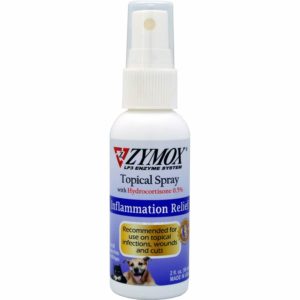
Zymox topical spray is ideal in wound care as well as other common skin infections. Regardless if bacterial, fungal or yeast and they can be applied once a day as needed, with no pre-cleaning or scrubbing of the skin. The enzyme system reacts with the infectious pus and debris to form its antimicrobial properties. Zymox is safe, gentle and nontoxic and worry free, even if a pet licks application site. It contains hydro-cortisone for inflammation relief and recommended for use on wounds and the most troublesome skin infections.
#2Pet MD Antiseptic and Antifungal Medicated Spray

Pet MD spray helps relieve fungal and bacterial skin infections like hot spots, ringworm and acne in pets. It helps heal skin infections, superficial cuts, abrasions and insect bites. It is a non stinging antiseptic that also deodorizes and helps relieve dermatitis and pyoderma which can result from allergies. This formula kills the types of bacteria and yeast that are most commonly associated with skin infections in dogs and cats.
#3 KetoWELL Chlorhexidine Antifungal, Antibacterial & Antiseptic Medicated Pet Wipes
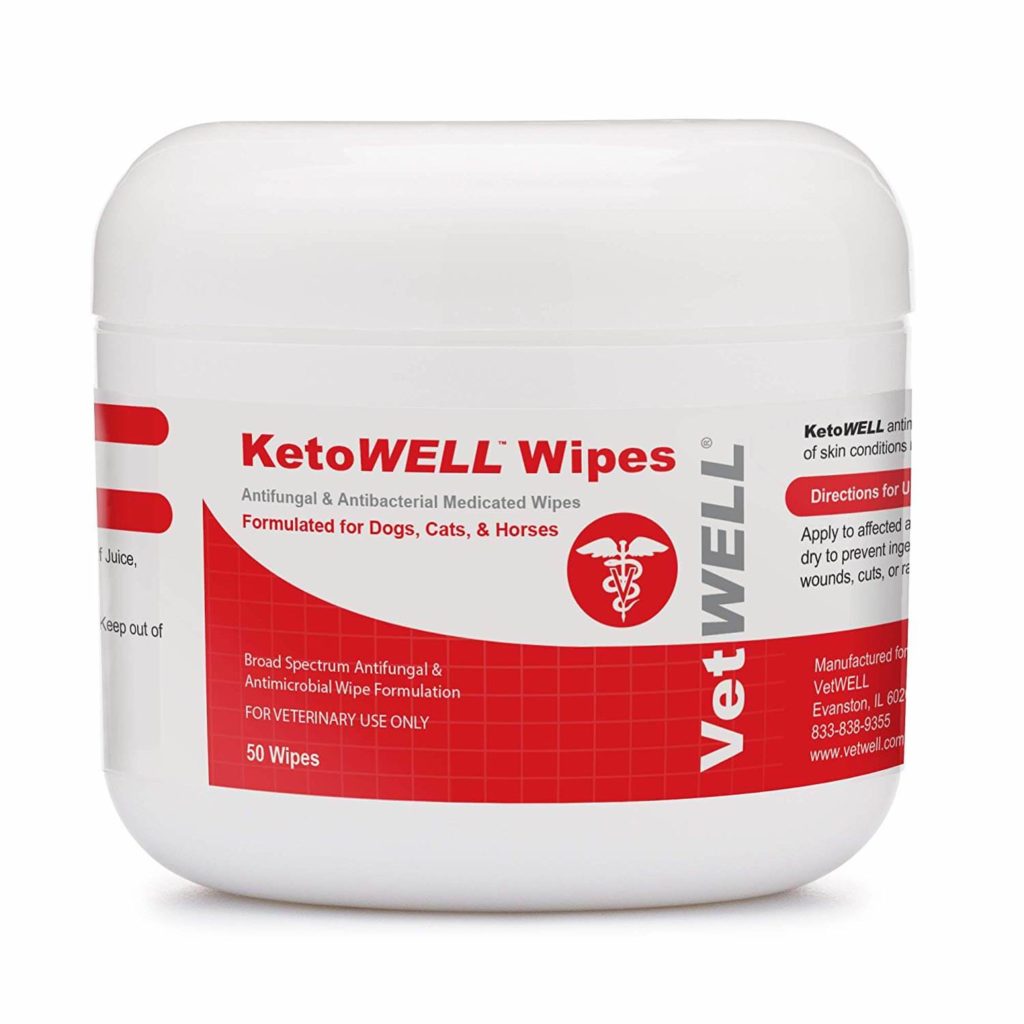
These veterinarian formulated wipes quickly treat fungal and bacterial infections like hot spots, ringworm and acne in pets. The convenient, pre-moistened wipes are easy to use and can get into those hard to reach areas in order to stop skin infections, yeast, bacterial and fungal conditions. The antisceptic properties are great for cleaning cuts, scrapes and insect bites to soothe your pet and stop itching, discomfort and infections.
Preventing Cat Acne
- Help your cat to keep its chin clean. Gently wipe under the chin with a wet facecloth.
- Some cats are allergic to plastics and dyes. Plastic bowls tend to get nicked and scratched and are also porous … allowing bacteria to collect and multiply. Replace plastic food and water bowls with stainless steel, glass or ceramic dishes.
- Don’t use bowls that are chipped or damaged.
- Use wide, shallow bowls so your cat doesn’t have to stick his head in deeply (and its whiskers won’t get bent either).
- Clip the hair under your cat’s chin.
- If your cat is a messy eater, switch to a food that is less messy.
- Ensure your cat’s diet includes essential fatty acid supplements to help maintain healthy skin.
Conclusion
If you suspect your pet has cat chin acne, it is recommended you make an appointment with your veterinarian before beginning treatment. Most cases respond well with a low carbohydrate diet, improved hygiene or a change in food dishes.

